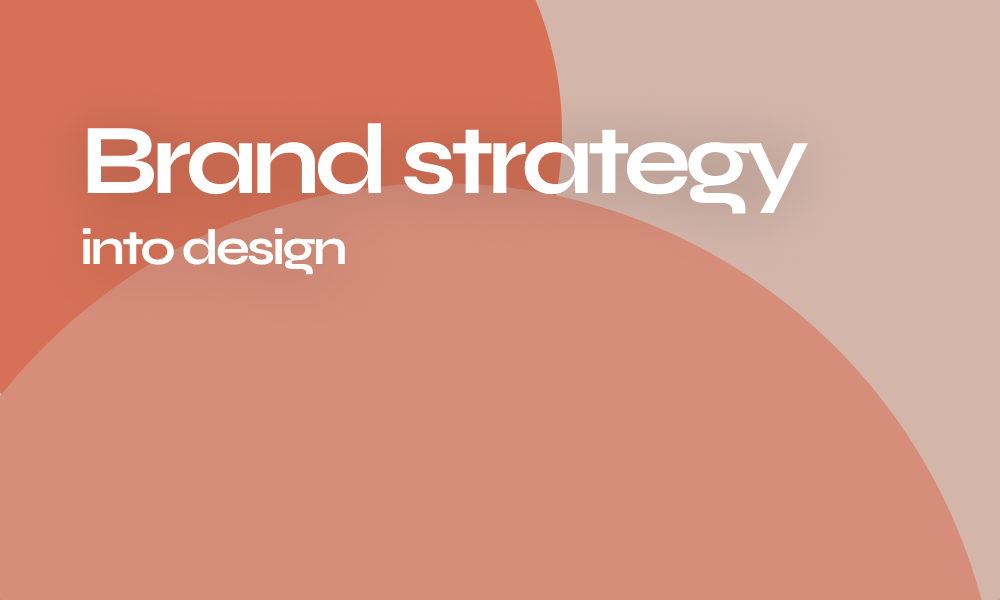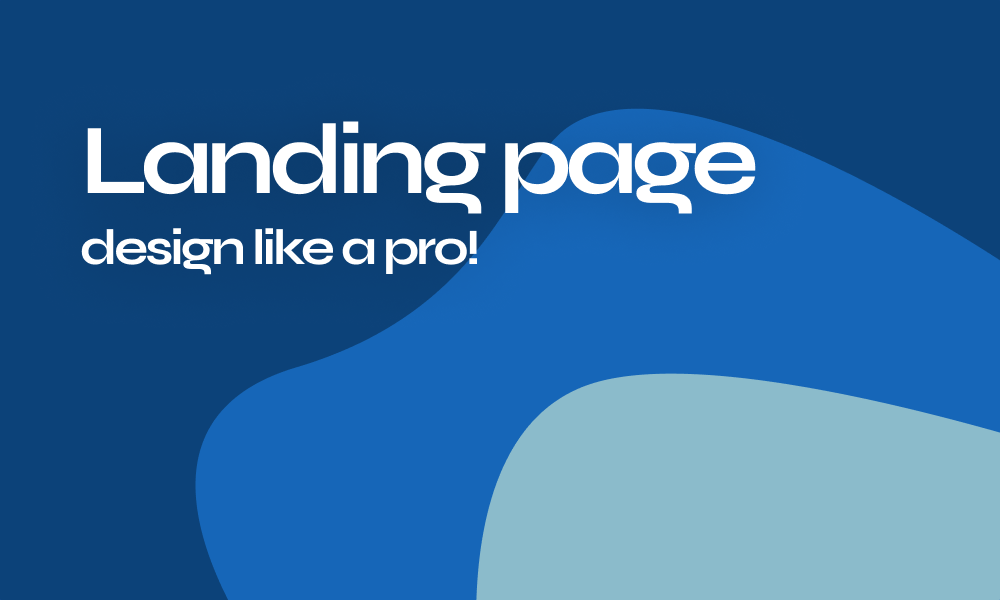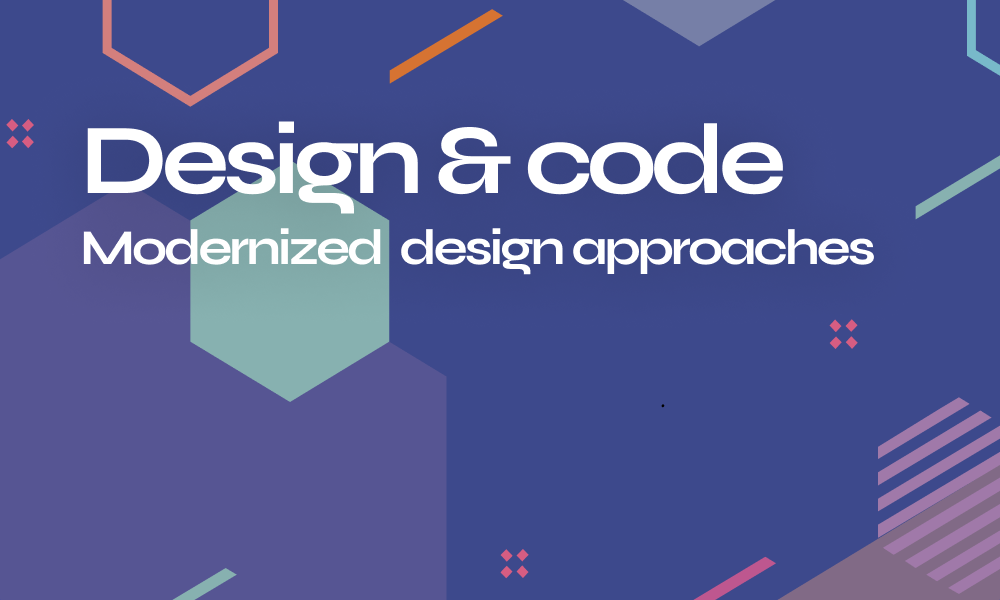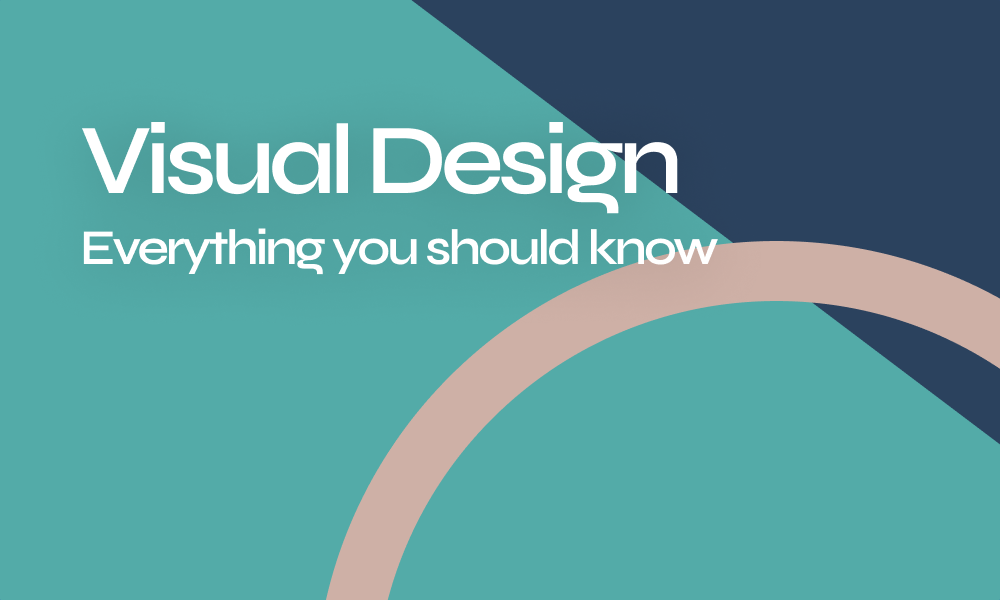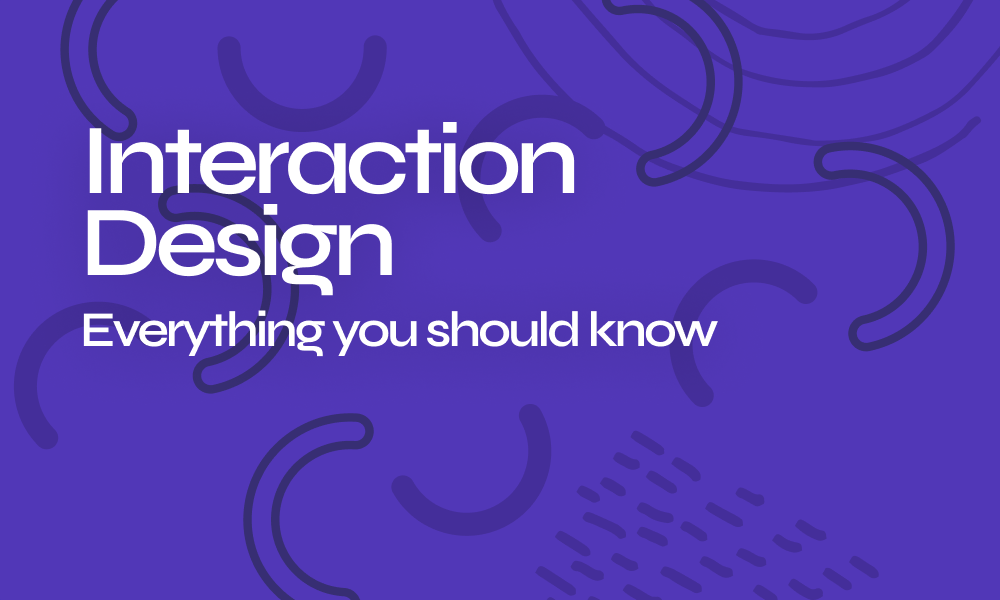

Design teams and also top software development companies seek ways to maintain consistency in the design they develop for the projects they work upon. But hey? What are the tools or ways that these companies and designers prefer to achieve this? – you all must be thinking right folks? Well, it could be either the design systems or the UI kits that companies would be using. It’s a no brainer that the companies and UI/UX designers will not use both.
This article would be comparing both the UI kits and the design systems highlighting their applicability from various aspects in the designing process. Let us understand briefly about both of them first.
What is a Design System?
A design ecosystem and some call it a library that represents a collection of rules, tools, and processes which simplify designing with standards, consistency, efficiency to develop digital products is called a design system.
Google, Airbnb, Uber, IBM, Shopify, and other giants have changed the ways they design digital products by incorporating their own unique design systems. The design system created is used by teams for reusability of components with a standardized design methodology. This brings more consistency, faster iterations, and uniform design experience.
Read More : Basics to know on Design System
What is a UI Kit?
With UI kits, a designer can swiftly put the wireframes and pages together. A UI kit can be considered as a collection of templates, pages, predefined user interface components for navigation, functionality, and actions.
Now, let’s see the differences between the UI Kits and Design systems.
UI Kits VS Design Systems
Both are being compared using the different factors of applicability and benefits to the nature of the project.
Scale of the Project
It depends a lot on the length of the project before making a choice. A UI could work perfect for the design team for short term projects. UI kits is a fitting option for a limited page website or a mobile app.
Design systems will be the best choice for the long term projects, projects that require routined design upgrades, adapt, expand over time and projects that go on at a scale. Using a design system here will assure design consistency and scalability.
Multi-purpose
A design system can be more versatile when it comes to applicability. It can be used for the websites having different frameworks and mobile applications with multiple platforms, and other materials. For all of them, a design system can work as a library, a centralised platform of everything that ranges from atoms to components which could be used across various projects at the same time.
On the other hand, manual modifications will be required with the usage of the UI kit, as it is not oriented with perfection to recall the UI assets.
Frequent Iterations
As the brand decides to change, the design changes occur from the scratch. Design system can adapt this scenario due to the atomic design system concept. This allows the brand and the designs to evolve over a period of time and saves a huge amount of effort, time, and money.
UI kits in this case are prone to errors. With a UI kit, updating the core library requires developers to check all existing assets, so it’s not always clear if the update has been fully implemented.
Quick Prototyping
UI kits are the efficient way to portray visual prototypes in the short span of time. UI kits are also efficient to adapt visual rules and templates, and change them according to the new business requirements if needed.
Design systems can also benefit for the purpose of faster prototyping. Designers can easily use the library for components and make prototypes that are consistent with design. Iterations can be performed with ease and is more error prone.
Final Say…
UI Kits and Design Systems can both be considered as single sources of truth. However, a design system seems to be the more advanced way of designing visual templates. It removes any possibility for errors and creates a central library that both designers and developers can work on together, which leads to smoother development, better quality, and more consistent branding.
You may like to read : Design Systems: Beyond the UI Kits
Tell us more on what you think of Design System VS UI Kits. We would love to hear your say on this!

